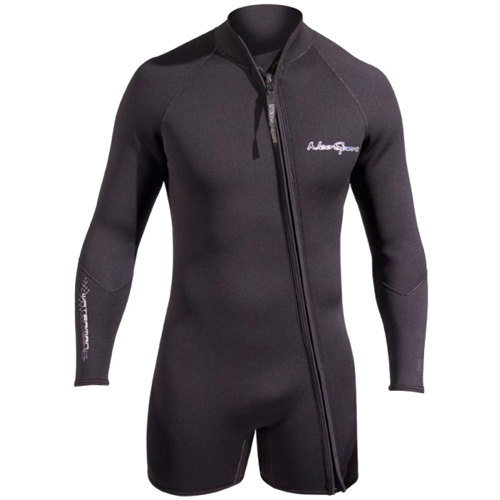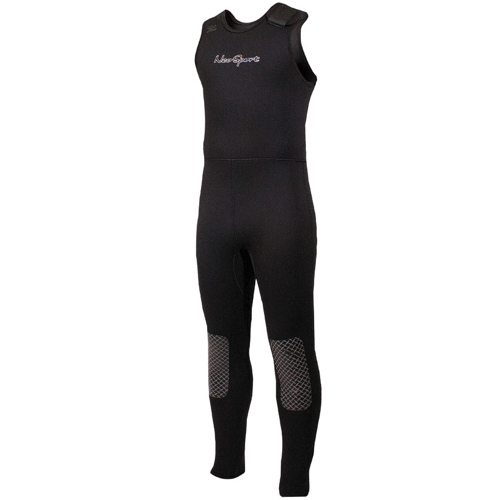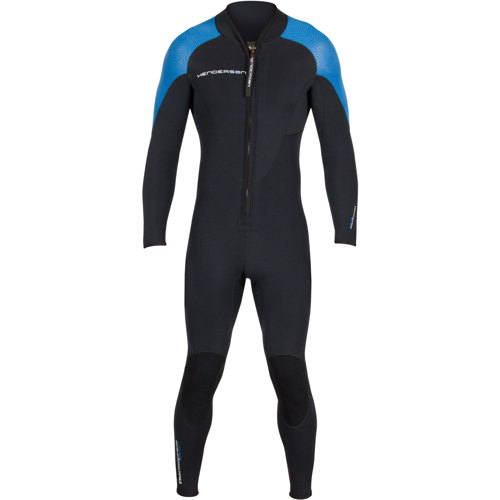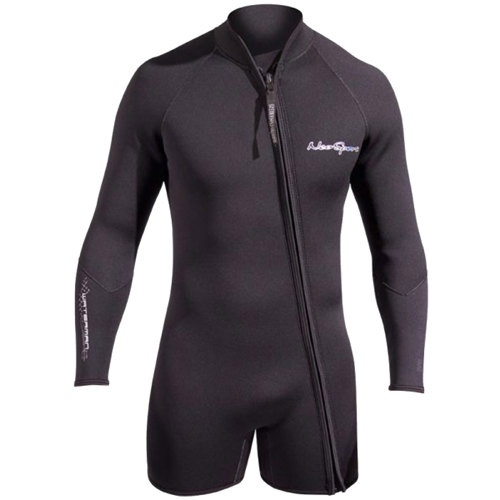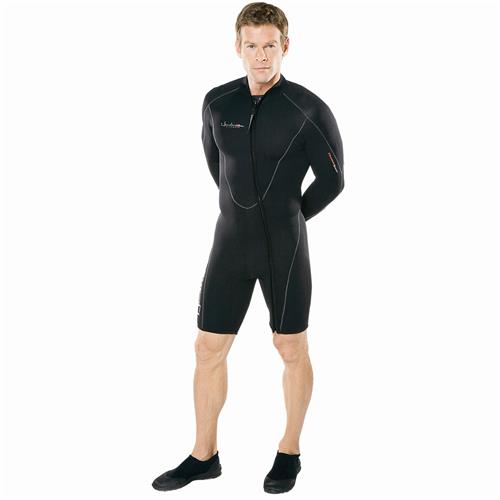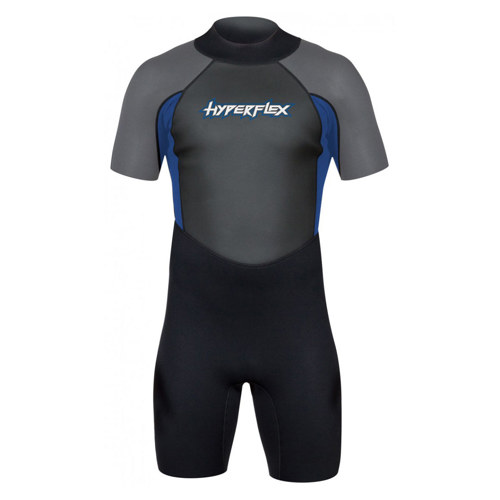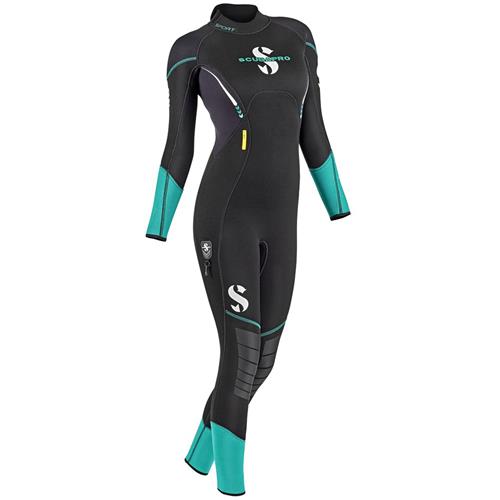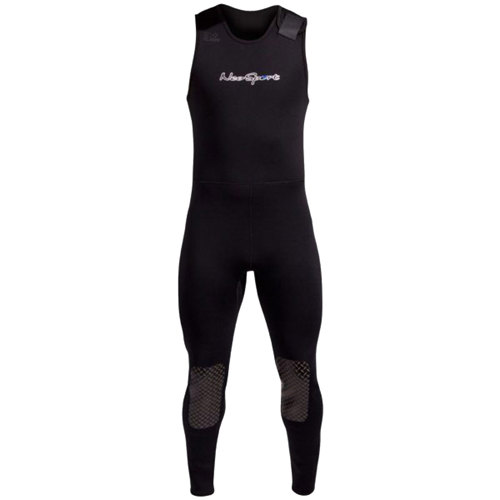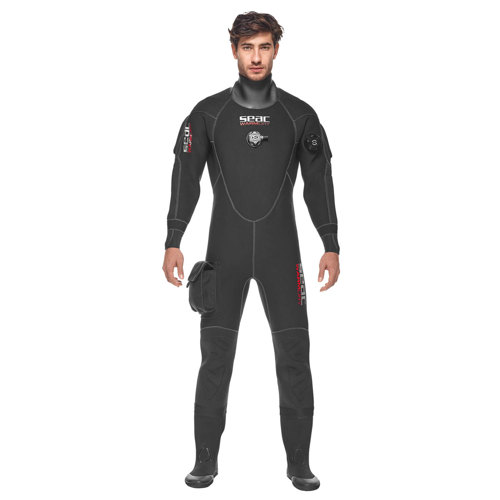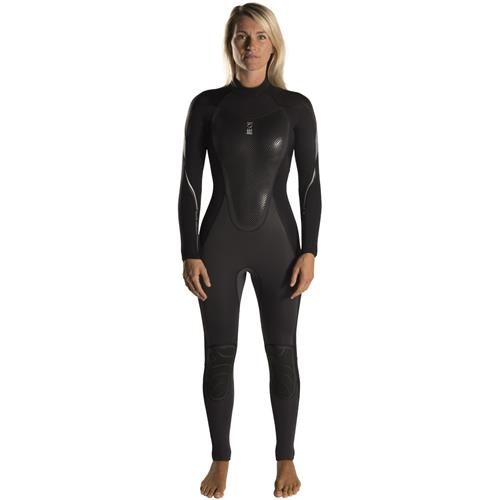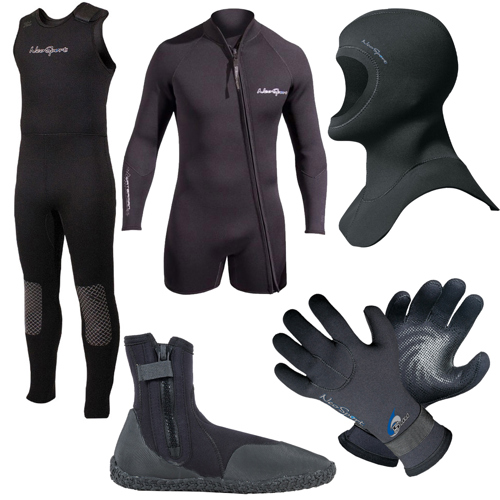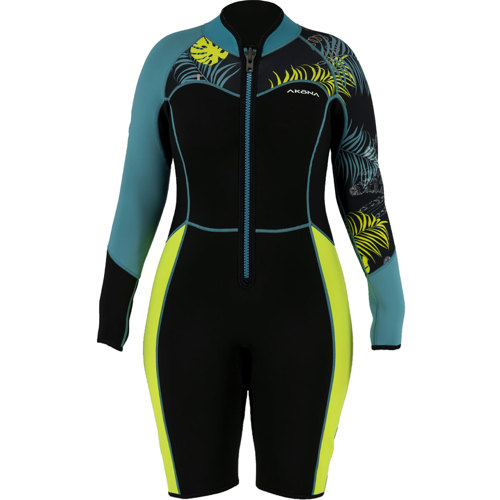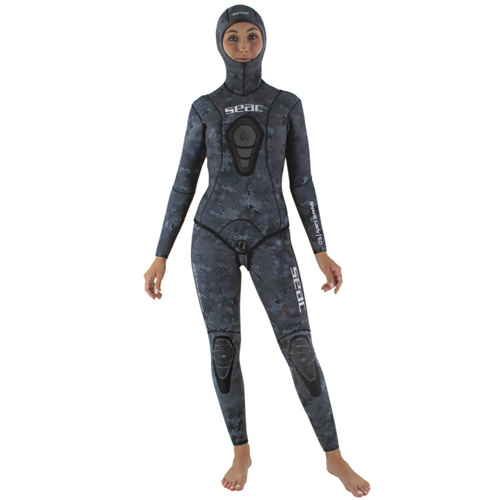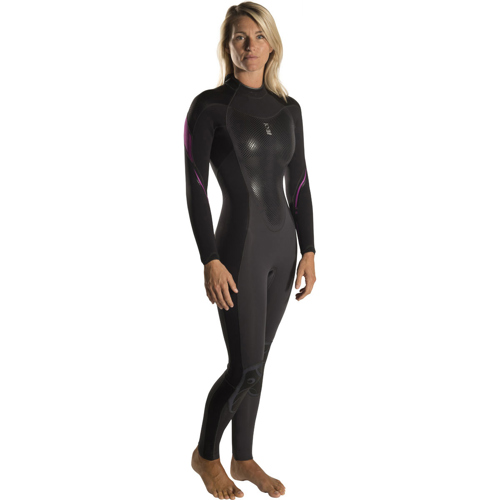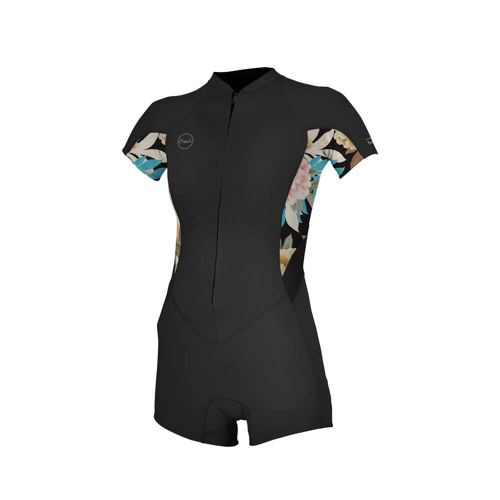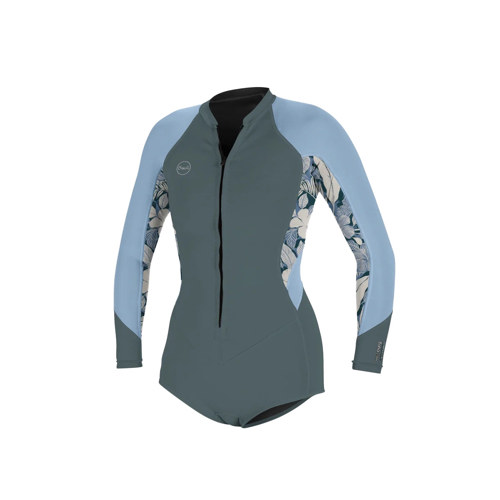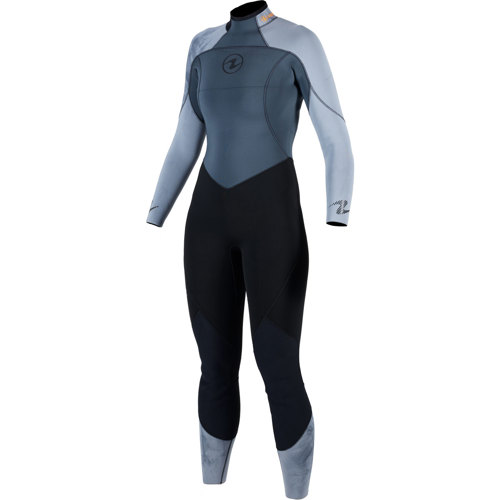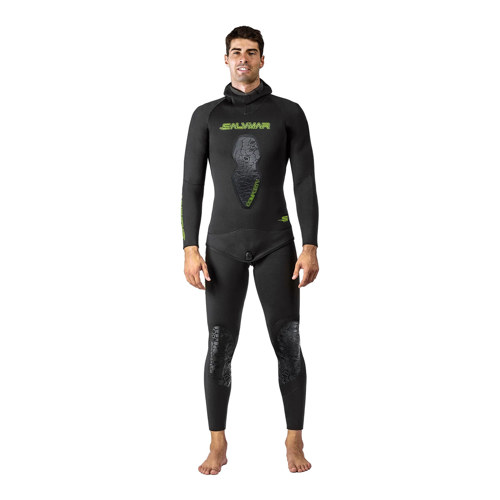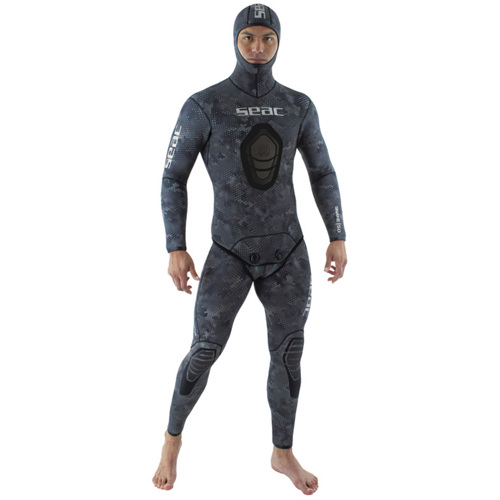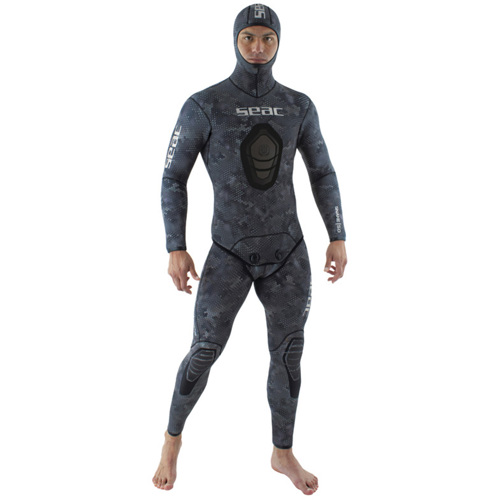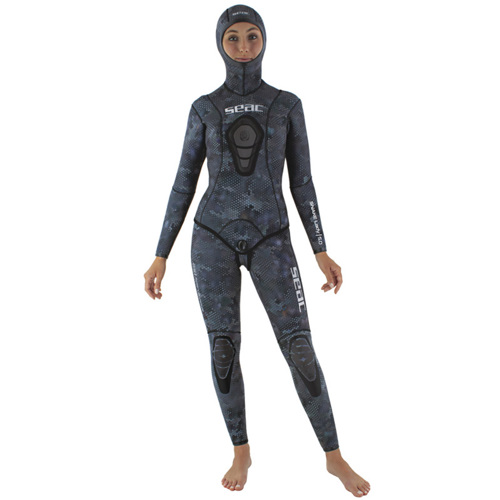Stitched seam wetsuits are a cornerstone of aquatic adventure, offering a blend of warmth, flexibility, and durability that caters to a wide range of underwater activities. As the seasons shift into autumn and water temperatures begin to drop, the importance of choosing the right seam construction becomes even more pronounced. Flatlock, overlock, and blind stitching each bring their own advantages, and understanding these differences can make all the difference in comfort and performance. Flatlock stitching, with its visible, flat seams, is a familiar sight on wetsuits designed for warmer waters—think late-summer snorkeling trips or casual paddling in sun-warmed bays. The stitching penetrates the neoprene panels completely, creating a strong but breathable seam that allows a bit of water in, which is quickly warmed by your body heat. This makes flatlock-stitched wetsuits ideal for those balmy days when a little water circulation is actually refreshing. Overlock seams, another common construction, also suit warmer conditions and are often found in entry-level suits, providing reliable assembly for recreational use without the need for maximum insulation.
As the calendar turns to September and the air begins to carry a hint of crispness, many divers and surfers seek out wetsuits with glued and blind stitched (GBS) seams. These suits are built for colder water, where heat retention is paramount. The panels are first glued together, then stitched in a way that only partially penetrates the neoprene, minimizing water ingress and locking in warmth. For anyone planning a dawn surf session, a late-season dive, or a multi-hour snorkeling excursion as the water cools, a glued and blind stitched wetsuit can be the difference between an exhilarating experience and an early retreat to shore. The addition of internal taping or liquid rubber seals on these seams further enhances their watertight integrity, making them a top choice for serious enthusiasts. These features are especially appreciated by those who spend extended periods in the water, such as instructors, underwater photographers, or anyone who wants to stretch their season well beyond the summer months. For families, gifting a high-quality stitched seam wetsuit can open up new possibilities—imagine the excitement of a child or partner able to join you comfortably on autumnal dives or paddleboarding trips, wrapped in the warmth and security that only a well-constructed suit can provide.
When considering a stitched seam wetsuit, think not only about the water temperature but also your activity level and the duration of your sessions. Those who move vigorously—freedivers, spearfishers, or triathletes—may prioritize flexibility and minimal chafing, which certain seam types and panel layouts can provide. Conversely, divers who spend time motionless observing marine life or exploring shipwrecks will value maximum insulation. The right wetsuit becomes a trusted companion, its seams holding strong through countless entries and exits, saltwater rinses, and the rigors of travel. For anyone interested in exploring even colder environments or seeking an alternative to wetsuits, consider learning more about
Stitched Seams Drysuits, which offer even greater thermal protection for the most challenging conditions. Whether you’re shopping for yourself or searching for a thoughtful gift for the water lover in your life, a stitched seam wetsuit is an investment in comfort, safety, and the freedom to explore beneath the surface, season after season.

